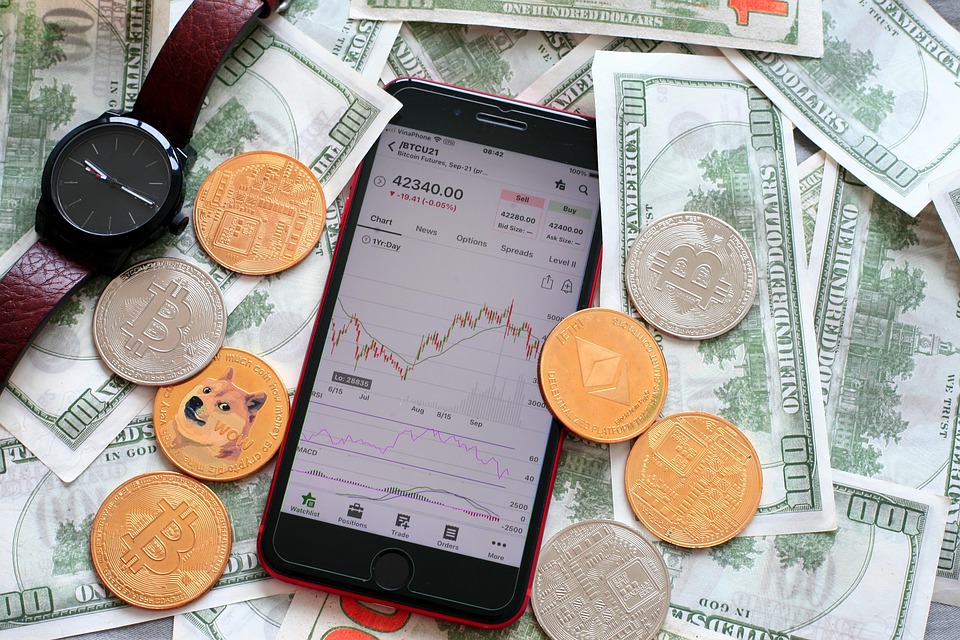Is TD Direct Investing’s Trading Line Right for You? Key Considerations
When it comes to investing, having the right tools and resources can make a significant difference in your financial journey. TD Direct Investing offers a Trading Line that aims to provide investors with a flexible and efficient way to manage their investments. However, before diving in, it’s essential to consider whether this service aligns with your investment goals and strategies. Here are some key considerations to help you determine if TD Direct Investing’s Trading Line is right for you.
Understanding the Trading Line
TD Direct Investing’s Trading Line is essentially a margin account that allows investors to borrow money against their investment portfolio. This can provide you with additional purchasing power, enabling you to take advantage of market opportunities without needing to liquidate your existing investments. However, while this can amplify your potential returns, it also comes with increased risks.
Assessing Your Risk Tolerance
Before utilizing a Trading Line, it’s crucial to assess your risk tolerance. Margin trading can lead to significant gains, but it can also result in substantial losses. If the value of your investments declines, you may be required to deposit additional funds or sell assets to maintain your margin account. Understanding your comfort level with risk is vital in deciding whether to use a Trading Line.
Your Investment Strategy
Consider how a Trading Line fits into your overall investment strategy. If you are a long-term investor focused on building wealth over time, relying on borrowed funds may not align with your approach. Conversely, if you are an active trader looking to capitalize on short-term market movements, a Trading Line could provide the leverage you need to enhance your trading strategy.
Costs and Fees
Another critical factor to consider is the cost associated with using a Trading Line. TD Direct Investing charges interest on the borrowed funds, which can add up quickly, especially if you hold the position for an extended period. It’s essential to calculate the potential costs and weigh them against the expected returns from your investments. Understanding the fee structure will help you make an informed decision.
Market Conditions
Market conditions can significantly impact the effectiveness of a Trading Line. In a volatile market, the risks associated with margin trading can increase. If you are considering using a Trading Line, it’s essential to stay informed about market trends and economic indicators that could affect your investments. Being aware of the broader market landscape can help you make more strategic decisions.
Alternative Options
Before committing to a Trading Line, explore alternative options that may better suit your needs. For instance, if you are looking for additional funds for investment, consider other financing methods, such as personal loans or lines of credit. Each option comes with its own set of advantages and disadvantages, so it’s essential to evaluate them thoroughly.
Conclusion
TD Direct Investing’s Trading Line can be a powerful tool for investors looking to enhance their trading capabilities. However, it is not suitable for everyone. By carefully considering your risk tolerance, investment strategy, costs, market conditions, and alternative options, you can make a more informed decision about whether a Trading Line is right for you. Always remember that investing involves risks, and it’s crucial to approach margin trading with caution and a well-thought-out plan.




